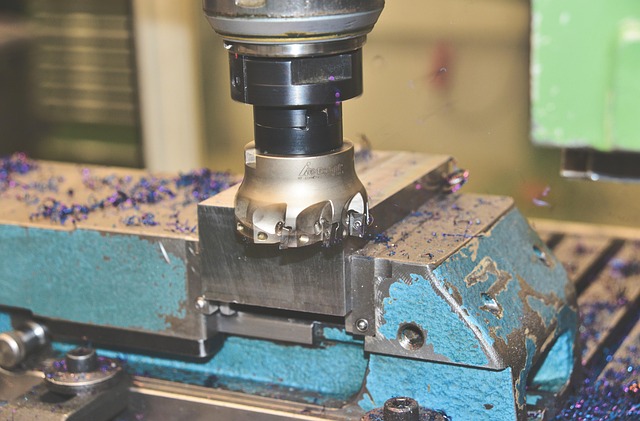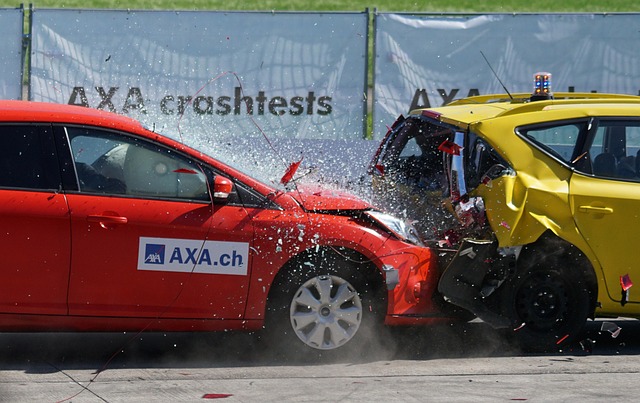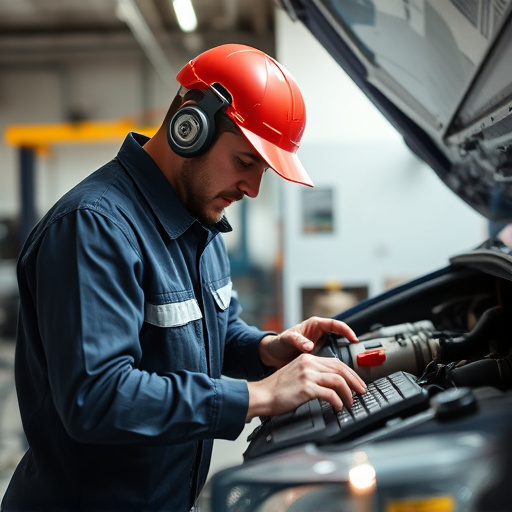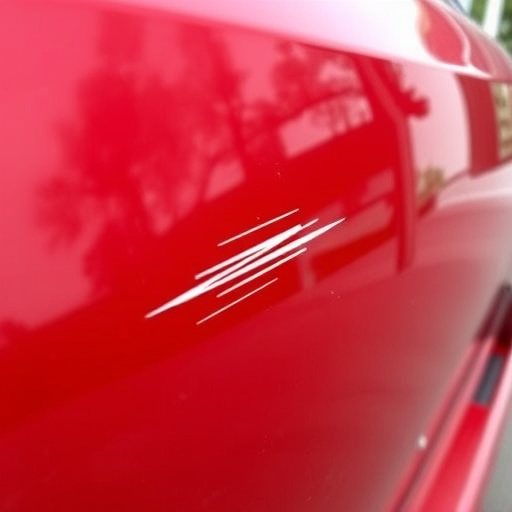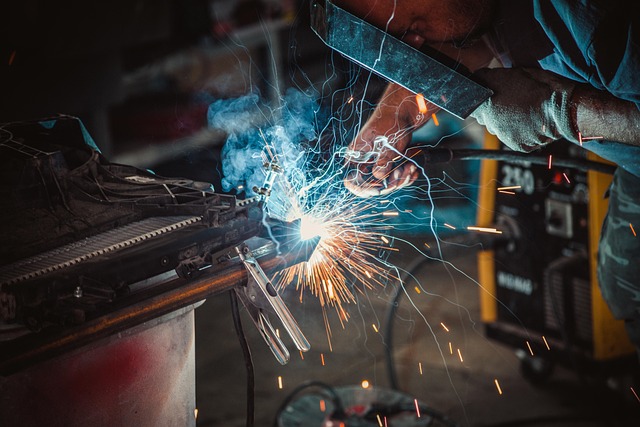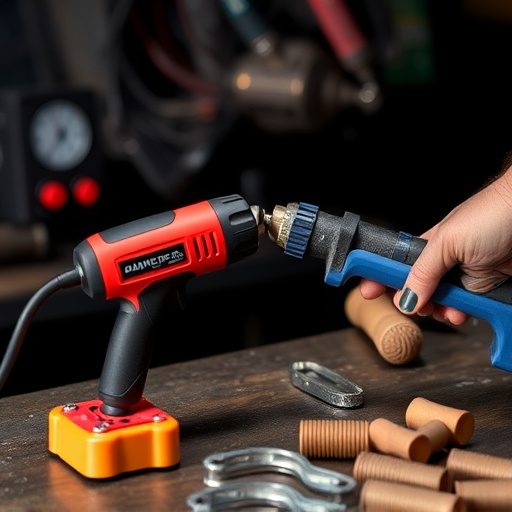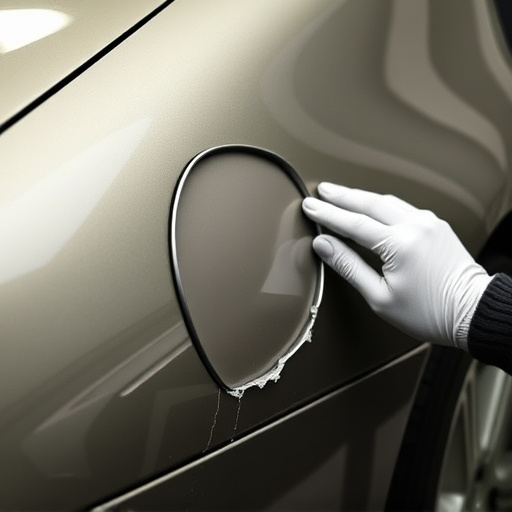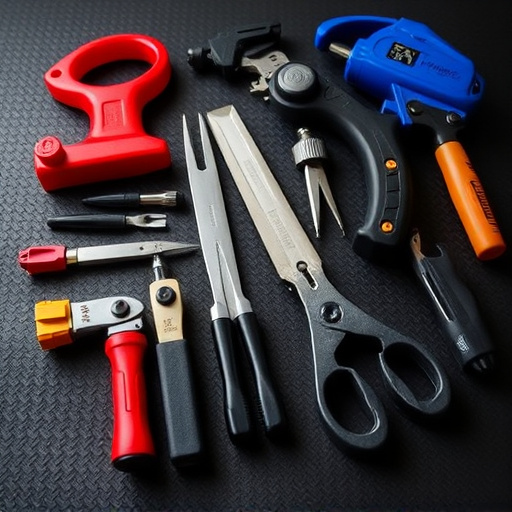Bumper dent removal involves specialized tools and techniques to correct dents, preserving vehicle curb appeal, resale value, structural integrity, and safety. Minor dents can be DIY'd with putty and sanding, while significant dents require professional collision repair services for priming, painting, and seamless finishes.
Bumper dents can mar the aesthetics of your vehicle, but effective bumper dent removal techniques offer a solution. This article delves into the world of bumper dent repair for both plastic and metal surfaces, exploring benefits ranging from enhanced appearance to preservation of value. We provide a step-by-step guide to ensure successful restoration, offering practical insights for DIY enthusiasts and professionals alike. Discover how mastering bumper dent removal can keep your vehicle looking its best.
- Understanding Bumper Dent Removal Techniques
- Benefits of Removing Dents from Plastic and Metal
- Step-by-Step Guide to Effective Bumper Restoration
Understanding Bumper Dent Removal Techniques

Bumper dent removal is a specialized process that requires understanding various techniques to ensure effective and precise results. The first step in bumper dent removal involves assessing the damage, which can range from minor dents to more severe deformities. Professionals use tools like pry bars, air guns, or hydraulic presses to gently push out the dented area back into its original shape. This process needs meticulous precision to avoid damaging the surrounding metal or plastic.
Once the dent is extracted, the surface is thoroughly cleaned and prepared for painting or coating. In auto maintenance, this step is crucial as it ensures a seamless finish after fender repair. Auto collision centers often employ advanced technologies and equipment to streamline bumper dent removal, making it an efficient process that restores the vehicle’s aesthetic appeal and structural integrity.
Benefits of Removing Dents from Plastic and Metal

Removing dents from both plastic and metal surfaces offers numerous advantages for vehicle owners. Bumper dent removal, in particular, is a sought-after service for several reasons. Firstly, it helps maintain the aesthetic appeal of a car’s car bodywork or vehicle bodywork. Even small dents can detract from the overall look, especially on otherwise pristine vehicles. By addressing these defects, owners can preserve the curb appeal and resale value of their cars.
Secondly, prompt dent removal is crucial for structural integrity. Metal dents can weaken the panel over time, potentially compromising the safety and rigidity of the automotive body work. Plastic dents, while less structurally significant, can still impact a vehicle’s performance, especially in areas like bumpers that play a role in crash protection. Effective bumper dent removal ensures that these issues are rectified, enhancing both visual appeal and structural soundness.
Step-by-Step Guide to Effective Bumper Restoration

Restoring your bumper after a dent can be done efficiently with the right approach. Here’s a step-by-step guide for effective bumper restoration, whether it’s plastic or metal. Begin by assessing the extent of the damage. Inspect the dent size and depth, as well as any surrounding scratches or paint chips. If the dent is small, you might be able to handle it yourself with the right tools and some patience.
For bumper dent removal, start by cleaning the surface thoroughly. Use a mild detergent and a soft cloth to remove dust and debris. Next, apply a suitable dent remover or putty to the affected area, following the product’s instructions. After the putty has set, gently sand the surface until the dent is reduced or removed. Prime and paint the restored area, matching it as closely as possible with your vehicle’s original color. Ensure proper drying time before applying a final coat, allowing the bumper to return to its pre-damage condition in terms of collision repair and vehicle bodywork.
Bumper dent removal is a valuable service that not only enhances the aesthetic appeal of vehicles but also preserves their resale value. With advancements in technology, both plastic and metal bumper dents can now be effectively removed, ensuring your vehicle looks as good as new. By following a comprehensive step-by-step guide and understanding the benefits of this process, you can restore your bumper’s original condition, leaving behind a smooth finish that reflects your vehicle’s true worth. Remember, prompt action after a dent ensures better results, so don’t delay and take control of your bumper’s repair today!



